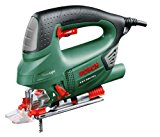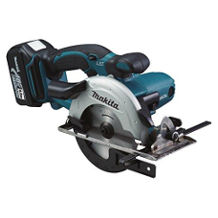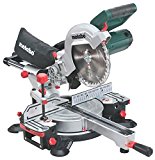Reciprocating saw purchasing advice: how to choose the right product
- What you need to know
- A reciprocating saw can work on a wide variety of materials and is therefore a universal tool.
- Compared to jigsaws, which are similar in many ways, reciprocating saws work less cleanly but have more raw power.
- Sabre saws are available with either a battery or cord.
- Most reciprocating saws have a power of at least 700 watts.
- To be able to cut different materials, a reciprocating saw with replaceable saw blades is recommended.
The reciprocating saw as a universal tool
If you often cut thick wood or metal, you won’t get far with a hand saw or jigsaw. For this case, there is the more powerful reciprocating saw, also called a Recipro or Tiger saw, which is both more precise and easier to handle than a chain saw. Pipes and stone can also be cut easily with a reciprocating saw. It can be used in many ways and is considered a universal saw. Due to its compact design, it can also be used in places that are difficult to access. It can withstand a number of loads and, thanks to its high performance, it is able to cut a wide variety of materials quickly and accurately. Because it is smaller and lighter than a chainsaw, it is easier to work with and can be used for longer periods of time.
Who is a reciprocating saw suitable for?
Since the reciprocating saw can be used flexibly, it is ideal for do-it-yourselfers. So if you like to build and work a lot on your house or garden, this saw is a good choice.
Cutting back fruit trees in particular is no problem with a reciprocating saw. However, if you only need to cut something now and then or are even looking for a tool for one-off use, you will usually need a more specialised tool for this. Because of its versatility, a reciprocating saw is suitable for both beginners and professionals. Sabre saws are also used by aid organisations such as the fire brigade for rescue operations.
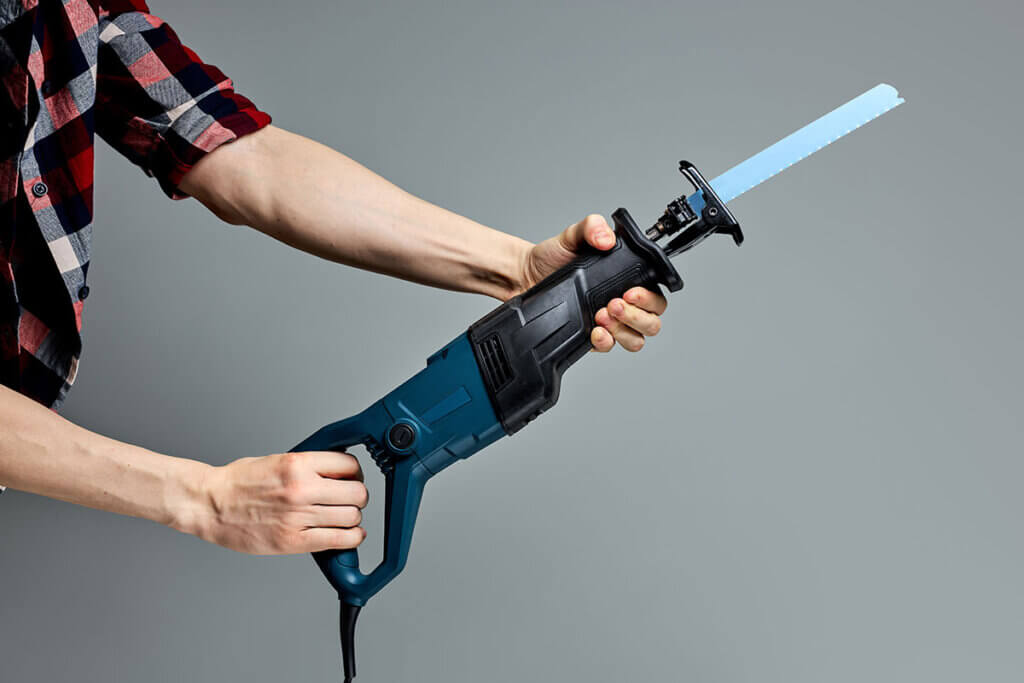
How a reciprocating saw works
A reciprocating saw is an electrically powered tool that is powered either by a power cable or a battery. The motor is much more powerful than that of household appliances; it has an output of 600 to 1,200 watts. It transmits its power to the saw blade via a so-called connecting rod, which pushes the blade back and forth. Usually, the saw blades are toothed in such a way that they only saw on tension, like Japanese saws.
The different types of reciprocating saws
Sabre saws can be divided into two types: Cordless and battery-powered versions. The battery is usually a powerful lithium-ion battery. The advantage of battery-powered versions is that no socket is needed and the saw can therefore be used anywhere. This is particularly practical for gardening. However, the battery needs to be charged regularly, which is why the saw cannot be used for a long time at a stretch. One or two batteries are usually included in the scope of delivery, but the charger often has to be purchased separately. Battery-powered reciprocating saws are usually more expensive than corded versions.
Mains-powered reciprocating saws usually have more power than cordless models. They are therefore much more suitable than cordless saws for working on thick wood or even stone. However, there must always be a power socket nearby and the cable is often perceived as a nuisance because it restricts freedom of movement when working.
What matters when buying
If you want to buy a reciprocating saw, you should consider a few aspects. The most important are the right cutting strength, the saw blades, the weight and the power.
Cutting strength
When working with a reciprocating saw, the cutting strength is crucial. Many reciprocating saws are suitable for a maximum material thickness of 150 millimetres. If you often want to work on very thick material, you should make sure that the saw has a higher cutting thickness.
Saw blades
Normally, the saw blade on reciprocating saws is interchangeable, as not every saw blade is suitable for all materials. A saw blade with large teeth and wide chip gaps is suitable for wood. For metal, the saw blade should have small, dense teeth. There are also special saw blades that cut drywall or mineral building materials, for example. In general, smaller saw blades are intended for finer cuts than those with coarse teeth.
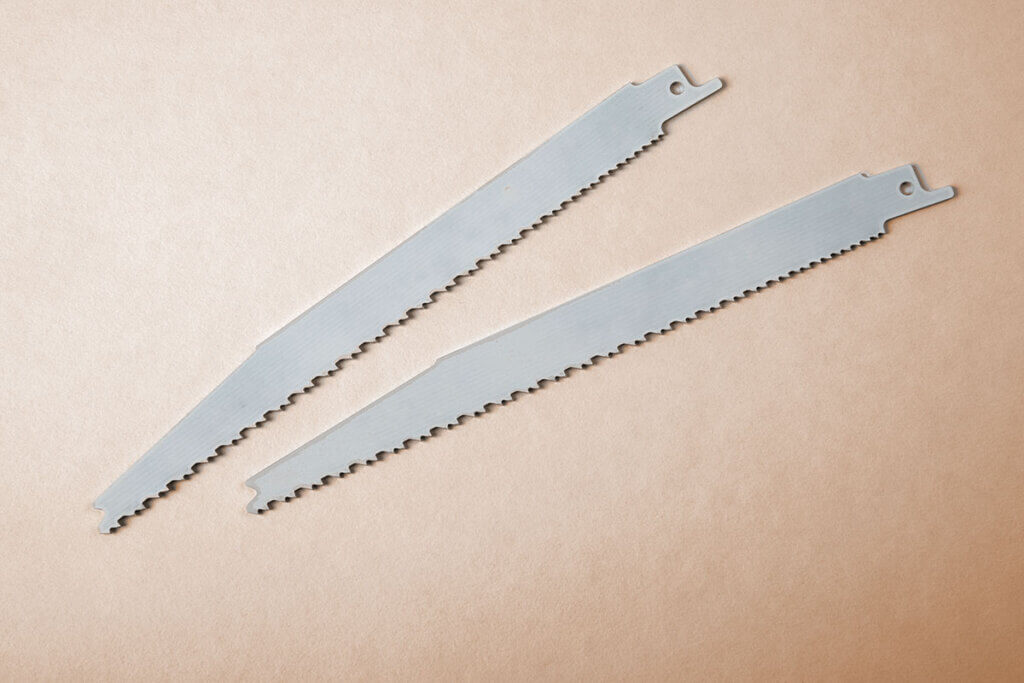
Weight
Most reciprocating saws weigh between two and five kilograms. If you intend to work with the reciprocating saw often and for a long time, it should not be too heavy. However, you should also bear in mind that a reciprocating saw with a higher power rating is usually heavier than one with a lower wattage. It is therefore important to weigh up power and weight. A battery also adds weight.
Power
Electric reciprocating saws usually have a power of at least 700 watts, which is sufficient for soft material. If you want to work on hard types of wood, you should go for a device with about 1,000 watts.
Materials such as metal or stone can be cut with reciprocating saws with a power of 1,150 watts or more. Professional saws have about 1,300 watts, but they are much more expensive than saws with lower power. The more power the device has, the higher the power consumption. Nevertheless, it is important never to cut the material with a reciprocating saw that is too weak, as this can damage the tool.
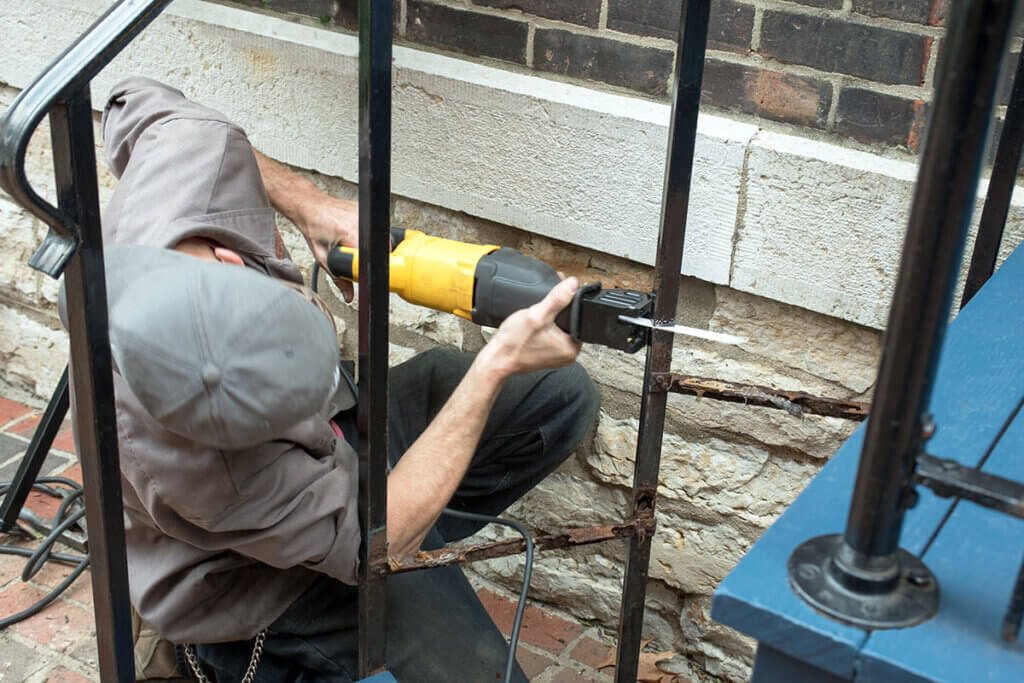
Stroke rate
Another key figure of the reciprocating saw is the stroke rate. It indicates how fast the reciprocating blade moves back and forth. The higher the stroke rate, the faster the saw works. A high stroke rate is useful for cutting soft materials, a low one for hard materials. Most reciprocating saws manage about 3,000 strokes per minute.
Pendulum stroke
A special technique that some reciprocating saws are capable of is the pendulum stroke. With this setting, the saw blade not only moves up and down, but back and forth at the same time. This makes for faster sawing, but the edges fray and the cut becomes less clean. This function is not absolutely necessary, but it is a practical extra.
Handling
If you use your reciprocating saw regularly, it should be as easy to use as possible. Make sure that the saw is not too big and too heavy if you want to do longer work with it. Non-slip rubberised handles are recommended to ensure that the tool fits comfortably in your hands. Make sure that the power button is easy to reach and that it is easy to change the saw blades.
Price
The price range for reciprocating saws is very wide. The cheapest ones cost about 50 euros; however, they are only intended for simple work on soft material. For more frequent and varied use, sabre saws cost between 80 and 200 euros. Professional models cost 100 euros and more, but are more powerful and robust.
Extraction
Especially when working with plasterboard or other dusty materials, it is worthwhile to have an extraction system. This not only makes cleaning the workshop easier, but is also good for your health, as less fine dust is inhaled. However, only high-priced reciprocating saws from the professional segment are usually equipped with a suitable connection for an extraction device.
Accessories
Apart from the saw blades, you do not need many accessories with a reciprocating saw. However, a carrying case, usually made of plastic and included with some reciprocating saws, can be practical. However, many models are quite small so that additional saw blades do not fit in. It is therefore better to choose a larger case. Saw blades for different materials are included with many reciprocating saws.
Protective clothing as an important safety measure
As with any power tool, care must be taken when handling a reciprocating saw. Protective clothing helps to prevent injuries. You should wear protective goggles whenever you use the saw. Without them, sawdust or other debris can get into your eyes, leading to loss of eyesight in the worst case.
As reciprocating saws are very noisy, it is also advisable to wear hearing protection. The blades of a reciprocating saw are very sharp and move quickly through the material. Therefore, if you accidentally slip with the tool, you can suffer serious injuries, especially to your hands. Therefore, if possible, wear protective gloves whenever you work with the saw.
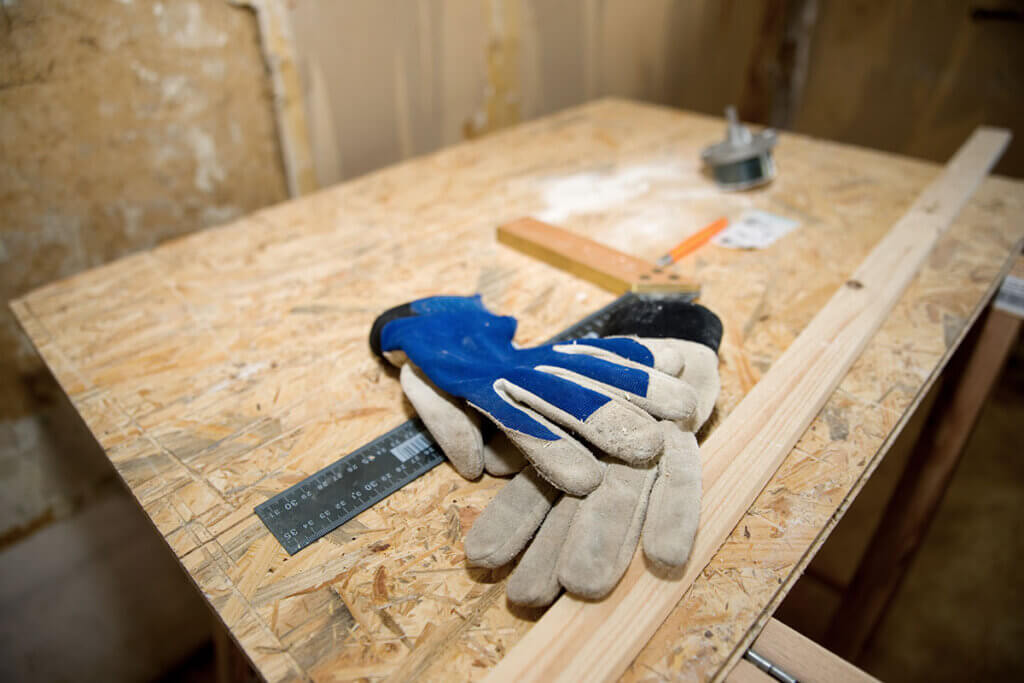
Sharpening the saw blades properly
Saw blades wear out over time. As a result, they no longer cut accurately and become jammed. Therefore, you should have them resharpened regularly by a professional. If you have a workbench at home, you can also simply clamp the saw blades and rub a flat file over the teeth. Then sharpen the teeth again with a triangular file. If resharpening is too tedious for you, you can simply replace the saw blade with a new one.
Cleaning
To make your reciprocating saw last as long as possible, you should clean it after every use. First disconnect the saw from the mains. Then carefully remove the saw blade and clean it with a dry cloth. You can do the same with the saw itself. Wood chips can be easily removed in this way.
Since it is an electric device, you should be careful with water. Do not spray the saw with a garden hose or hold it under running water. Contact with water could cause permanent damage to the motor. To clean hard-to-reach places, you can use compressed air spray instead.
Image 1: © Roman / stock.adobe.com | Image 2: © STOATPHOTO / stock.adobe.com | Image 3: © lawcain / stock.adobe.com | Image 4: © VRD / stock.adobe.com

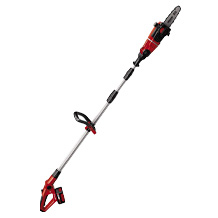
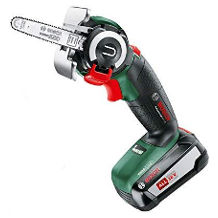
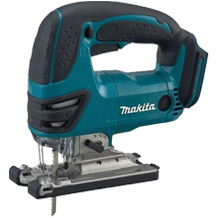
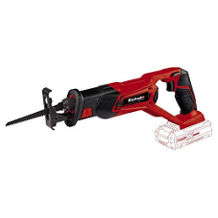
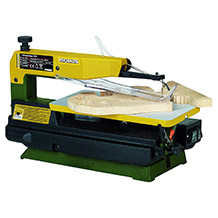
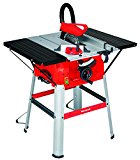
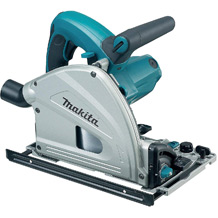
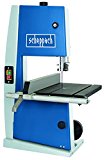
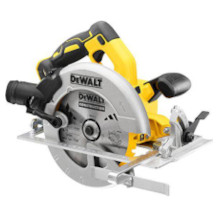

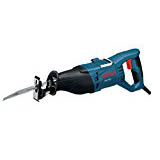
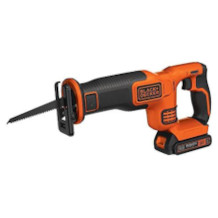
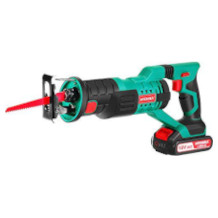
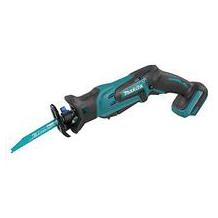
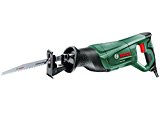


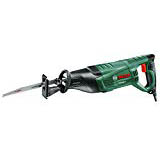
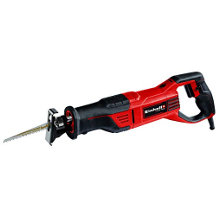
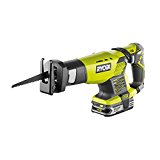
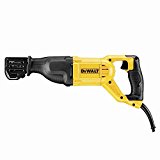




 6,973 reviews
6,973 reviews





